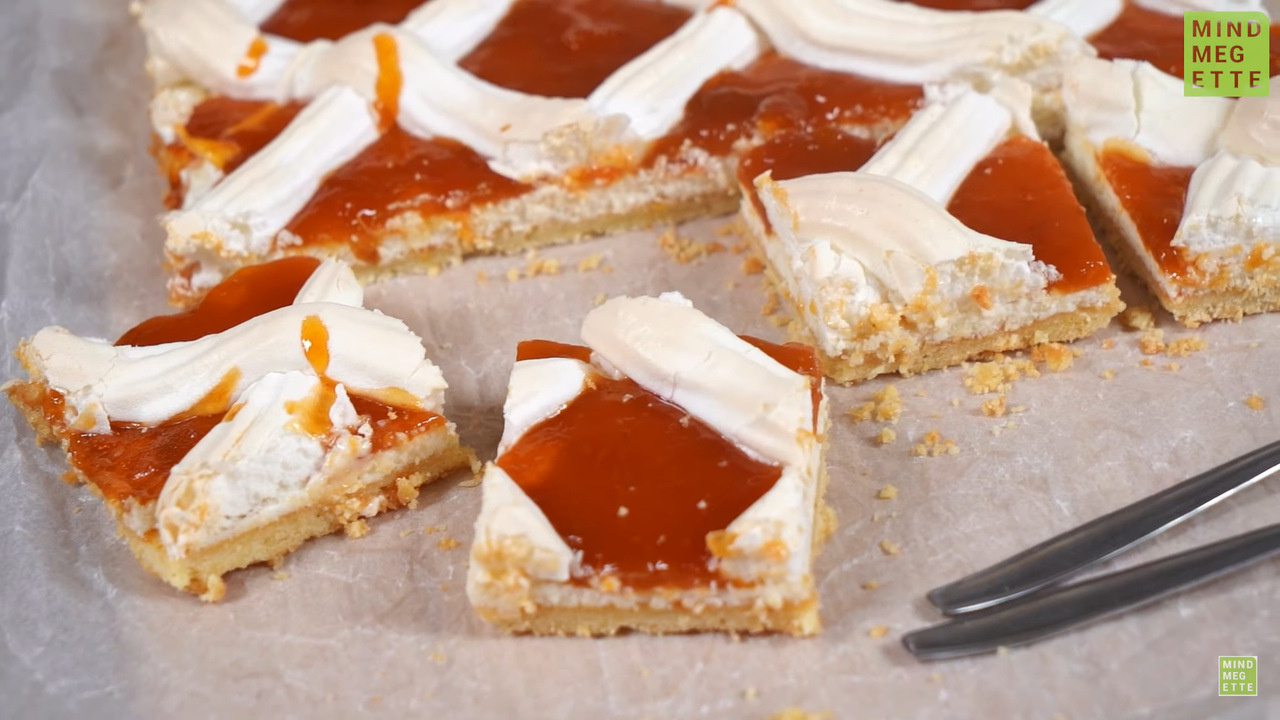Best cheese desserts from around the world: amazing Hungarian sweets in the top 15 by TasteAtlas!

Who doesn’t love a good slice of Dobos torte, a cube of kókuszkocka (‘coconut cube’) or a small ball of kókuszgolyó (‘coconut truffle’)? Hungarian sweets and desserts are hard not to like, especially if you have a sweet tooth. TasteAtlas has combined a list of the 27 best cheese desserts from around the world, and the top 15 contains not one but two Hungarian sweets! Which one do you like more?
About TasteAtlas
TasteAtlas is an experiential online guide to traditional food that compiles authentic recipes, food critic reviews and research articles on popular ingredients and dishes. Billed as “a world atlas of traditional dishes, local ingredients and authentic restaurants”, it features an interactive global food map with icons of dishes in their respective regions and claims to contain nearly 10,000 dishes, drinks and ingredients, as well as 9,000 restaurants.
“Travel, explore, eat, and drink. Discover and appreciate local foods, respect the people making it,” their official introduction writes.
Two Hungarian sweets in the top 15
TasteAtlas has combined a list of the 27 best cheesy sweets from around the world, featuring superstar desserts such as the Japanese cheesecake from, you guessed it, Japan, the Melopita from Greece, the Käsekuchen from Germany, the Ostkaka from Sweden, the Topfentorte from Austria and so on.
Two Hungarian sweets landed in the top 15:
Túró rudi in the prestigious 5th place, and Rákóczi túrós in the 13th place.
Túró rudi

When we mention Túró rudi, we’re generally talking about the Pöttyös Túró rudi (many brands make their own Túró rudi, but Pöttyös is the original and most well-known one). Túró rudi is a cottage cheese bar with chocolate on the outside – sounds delicious, right? Read our summary of the story of this Hungarian sweet HERE.
Túró rudi is manufactured in different sizes and with various flavours: there’s the plain one, and there are also bars with apricot, strawberry and raspberry jams on the inside, within the cottage cheese. What’s more, nut and caramel flavours are also available. The plain bar can be found with both a dark chocolate and a milk chocolate outer coating.

Here is what TasteAtlas writes about Túró rudi:
“Túró rudi is the most popular Hungarian confectionery product consisting of curd cheese that is covered in a chocolate coating. It was originally made in 1963, and today it comes in numerous flavours such as strawberry, apricot, or raspberry. In Hungary, it can be found everywhere – from shops and gas stations to cinemas and bakeries.”
Rákóczi túrós

One of the most popular Hungarian sweets, Rákóczi túrós (Rákóczi’s cake with cottage cheese) is a widely known and loved dessert in the country. As 5percangol.hu writes, it was named after a confectioner called János Rákóczi. He was a big name at the time: he worked all around Europe’s best restaurants. His dessert debuted in 1958 at the World Exhibition in Brussels. Ever since then, the Rákóczi túrós remains one of Hungary’s specialities.

Here is what TasteAtlas writes about Rákóczi túrós:
“Rákóczi túrós is a Hungarian curd cheese cake. The base is a thin shortcrust pastry, followed by a layer of sweetened curd cheese that is topped with meringue. This tasty cake is named after János Rákóczi, a Hungarian master patissier who invented it for the 1958 Brussels World Expo. The dessert became an instant hit, and nowadays it can be found in almost every pastry shop in Hungary.
Read also:
- 3 effortless Hungarian sweets to bare the summer heat – RECIPES
- 3 easy Hungarian sweets for your busiest weekdays – RECIPES
Source:





